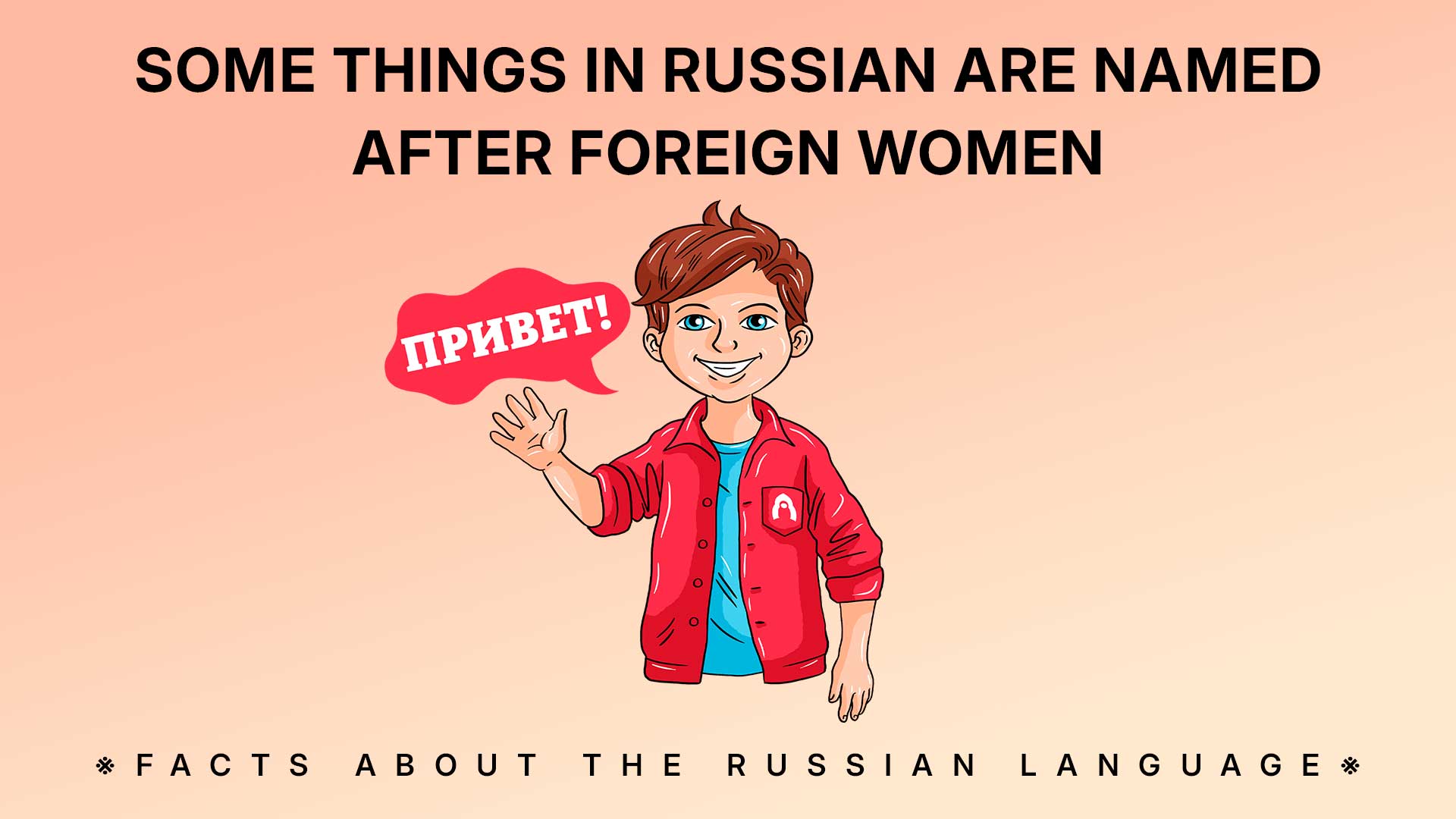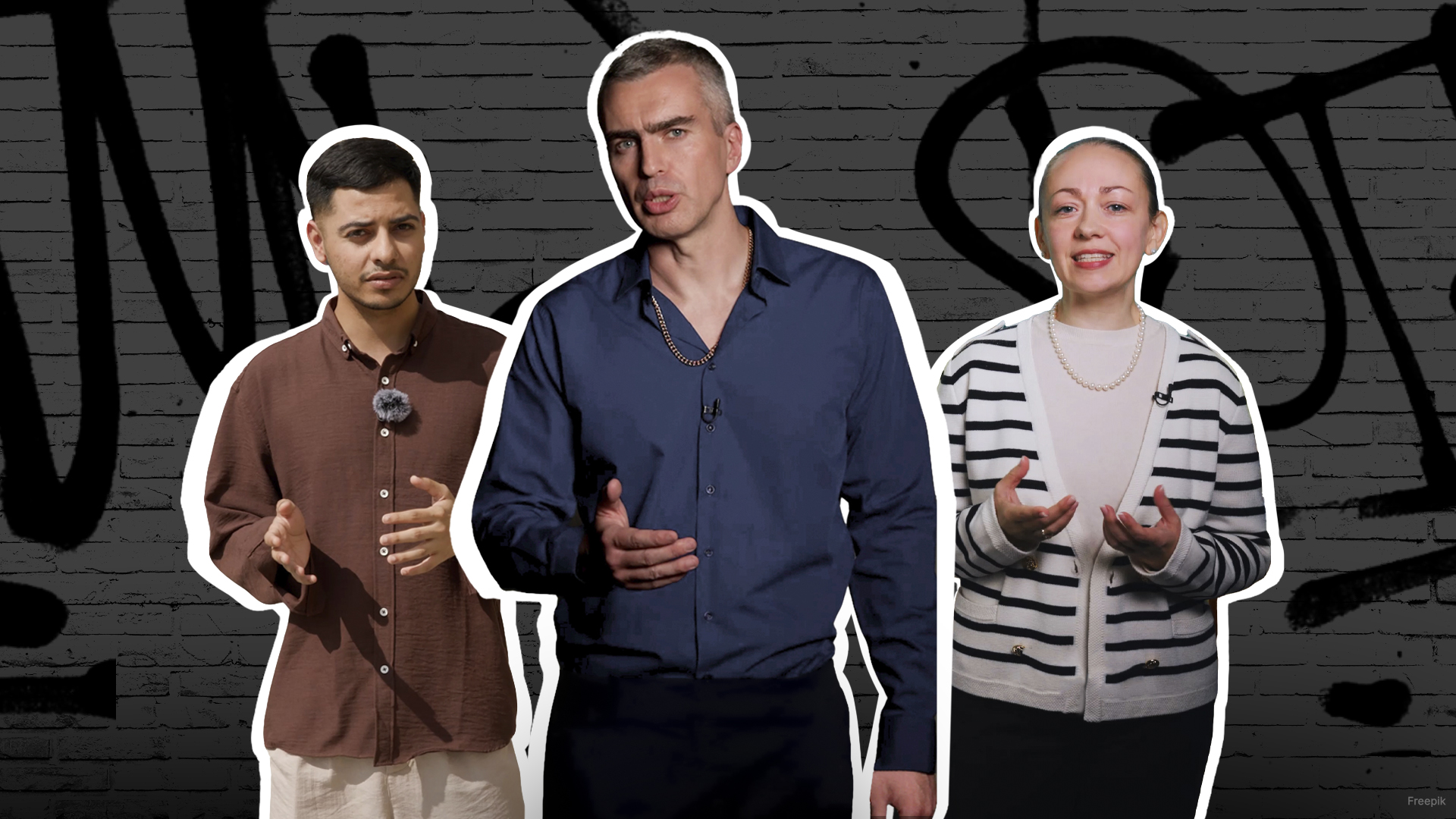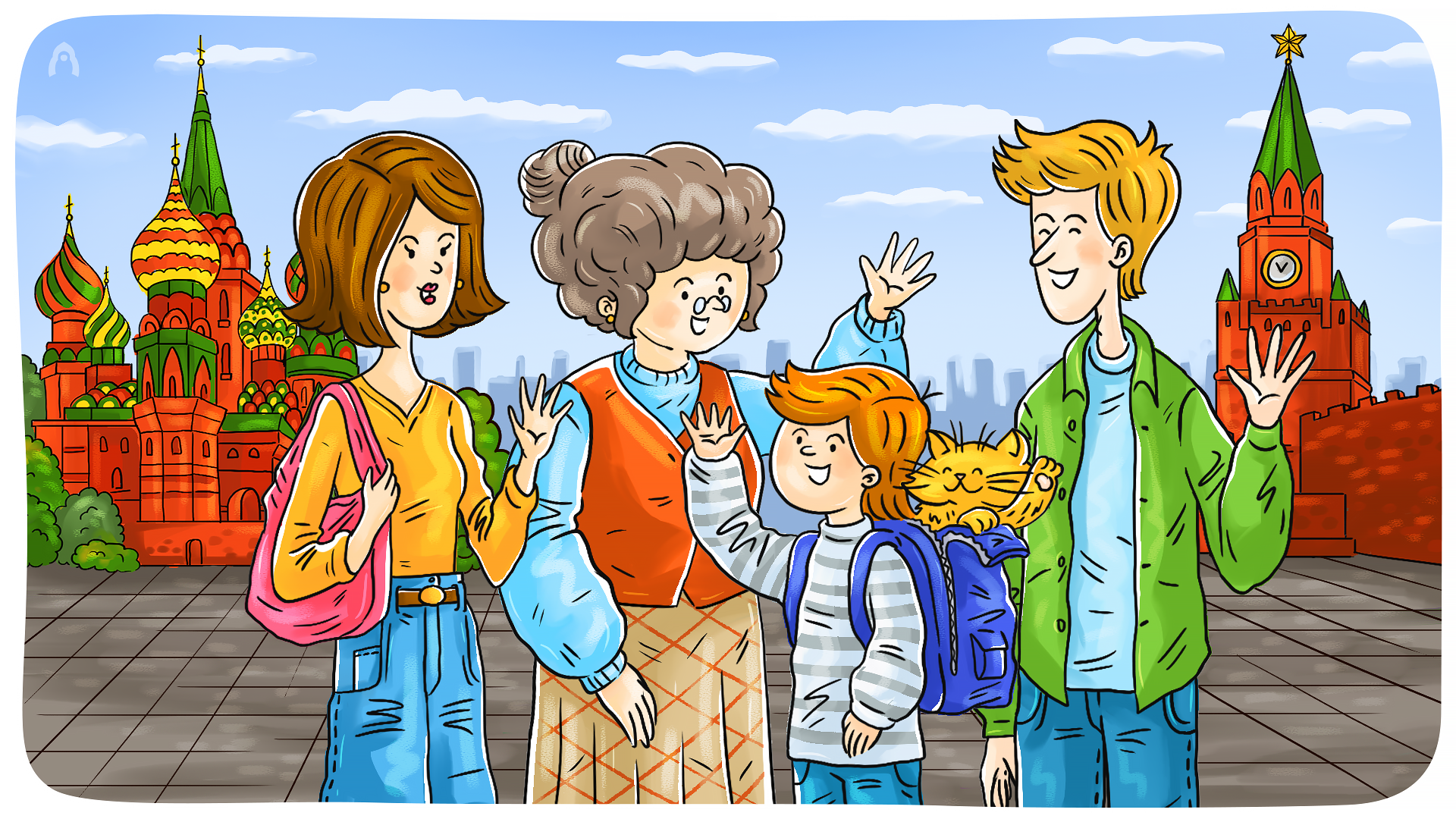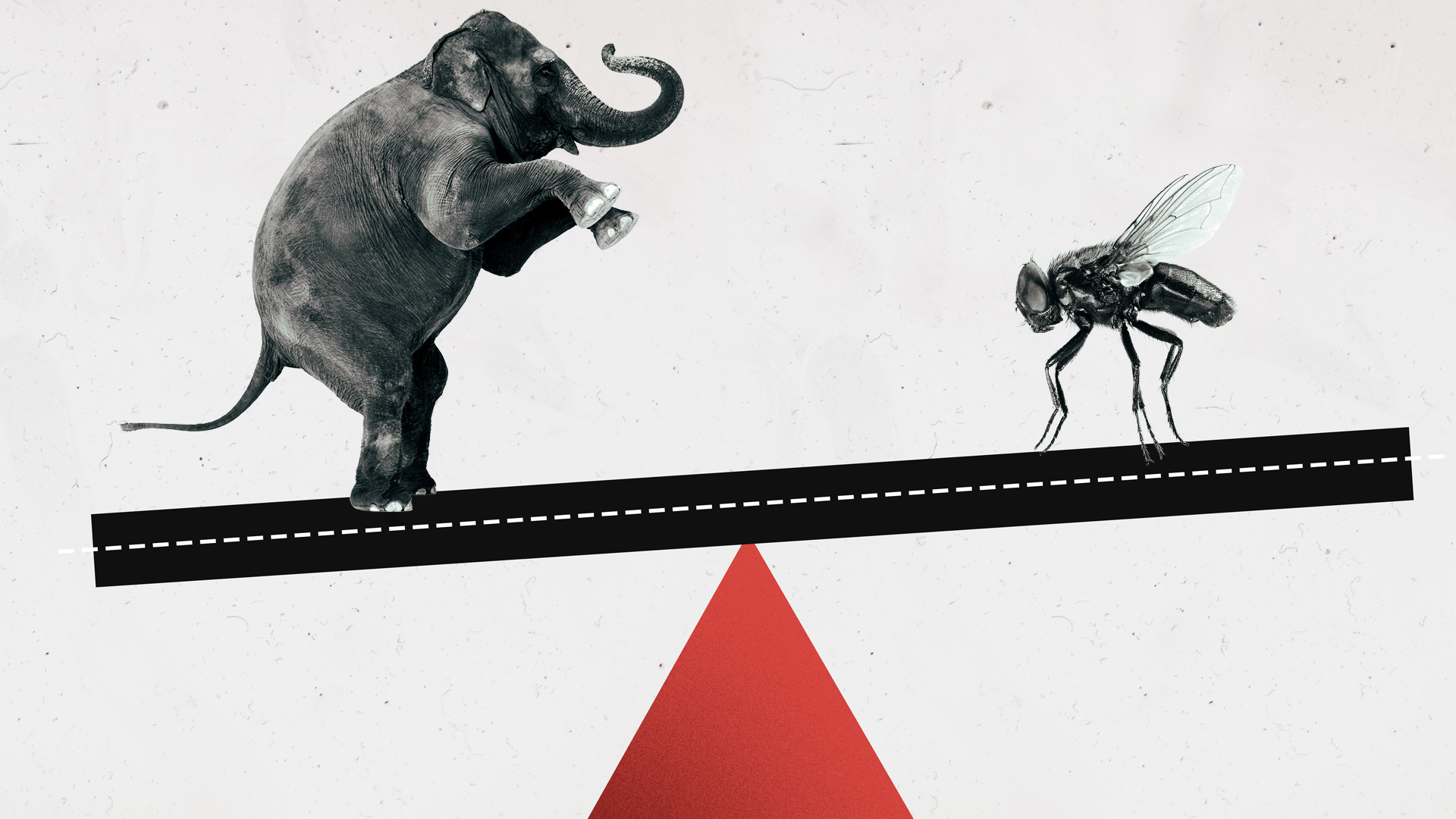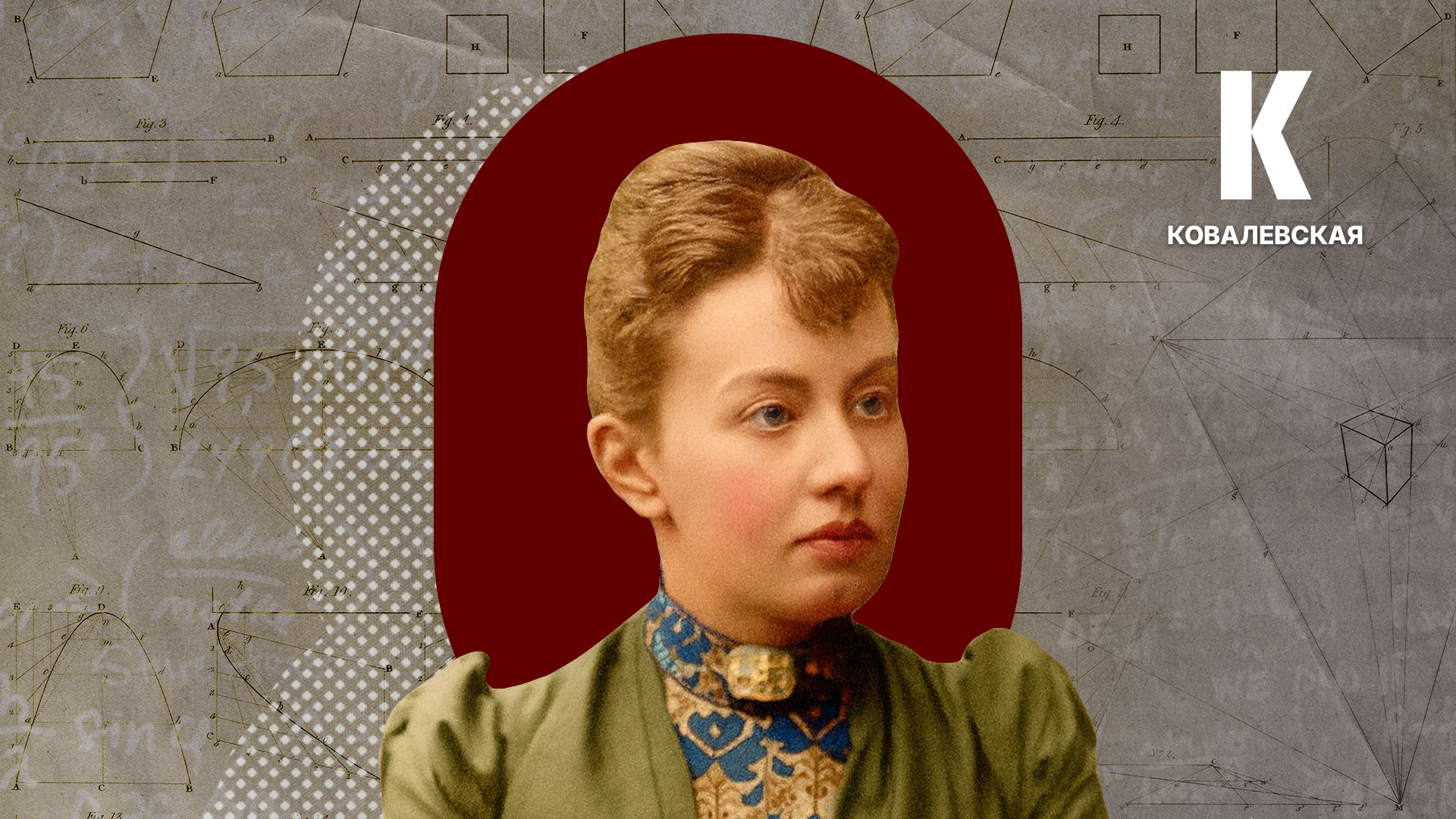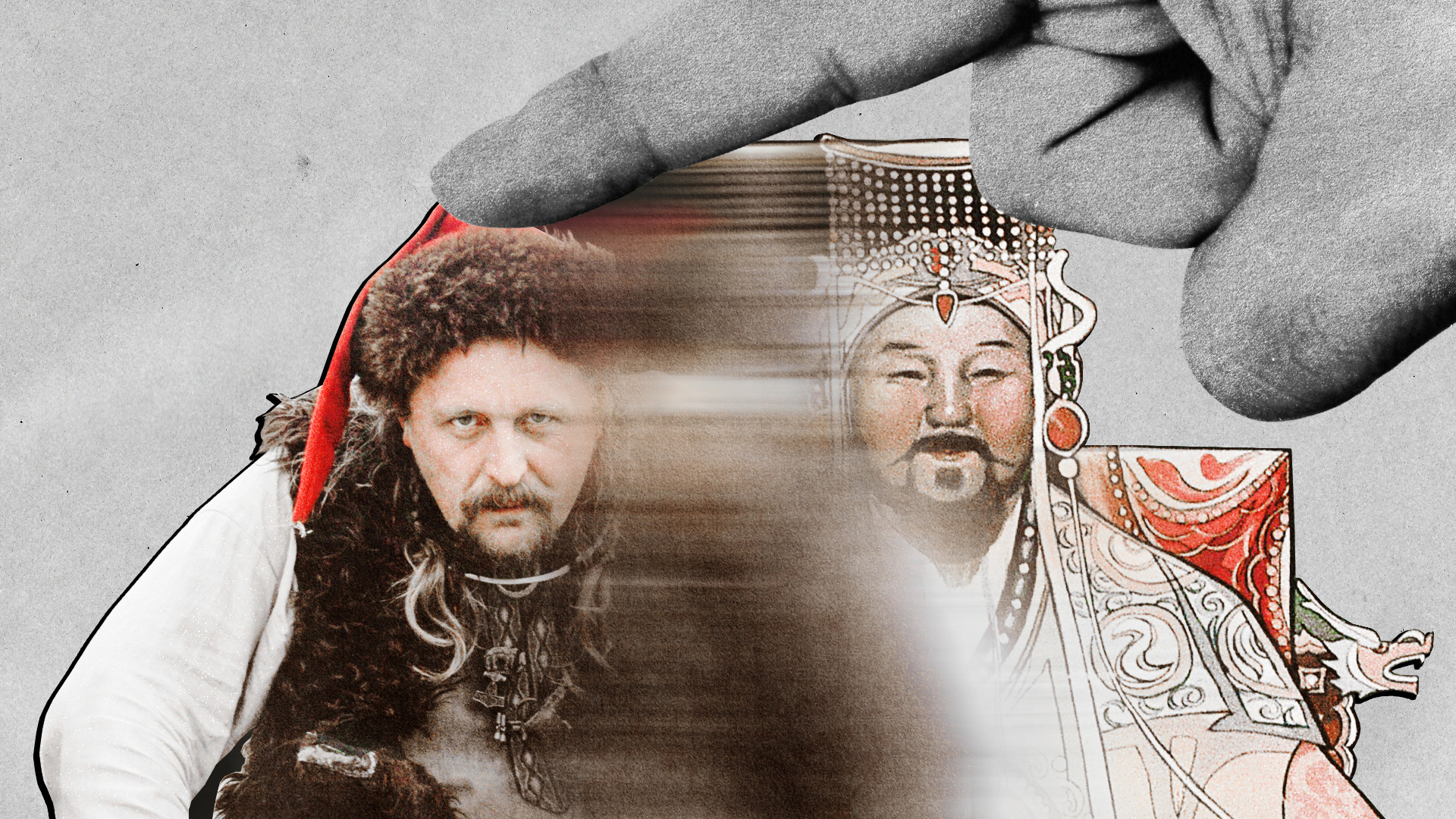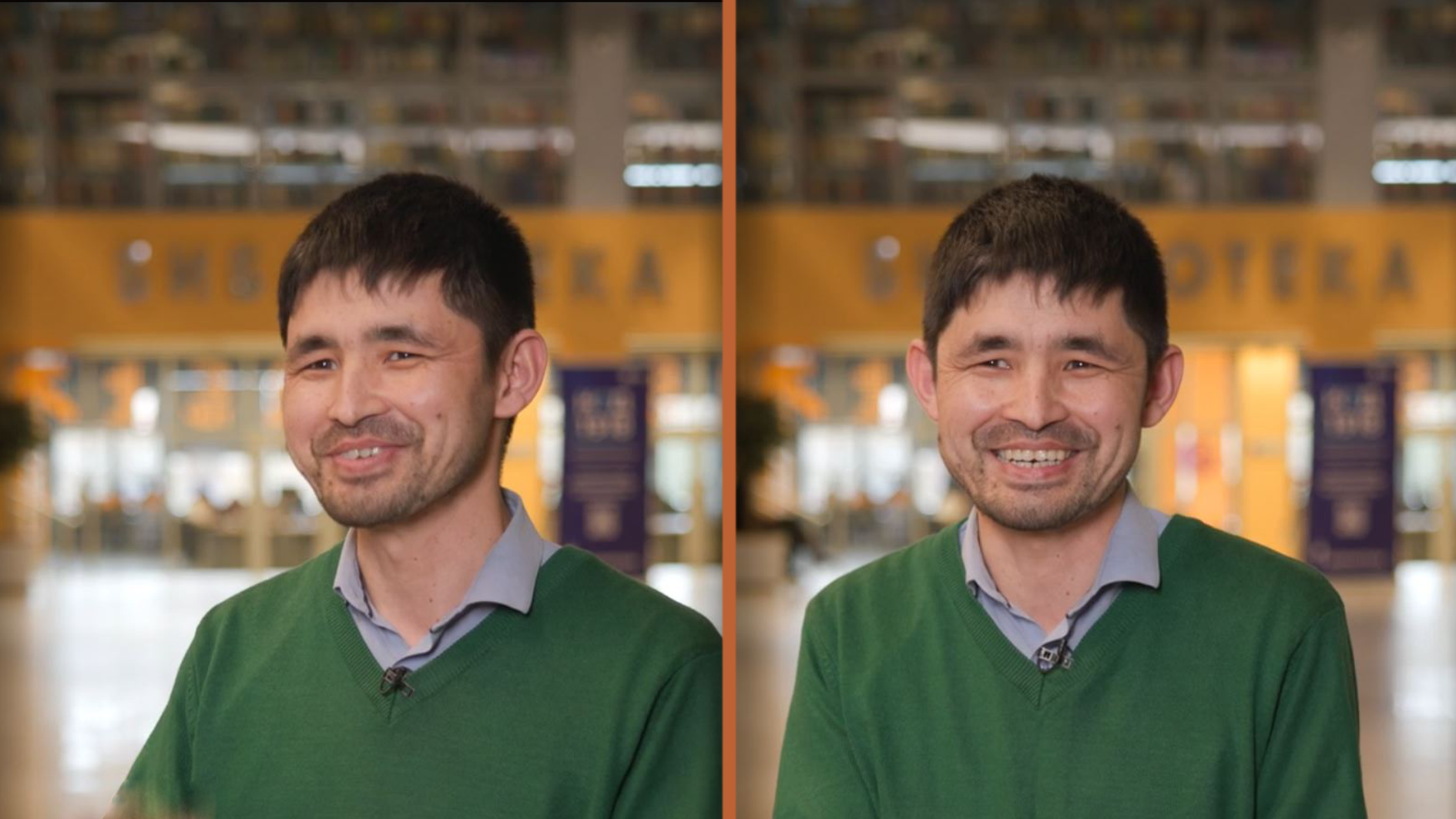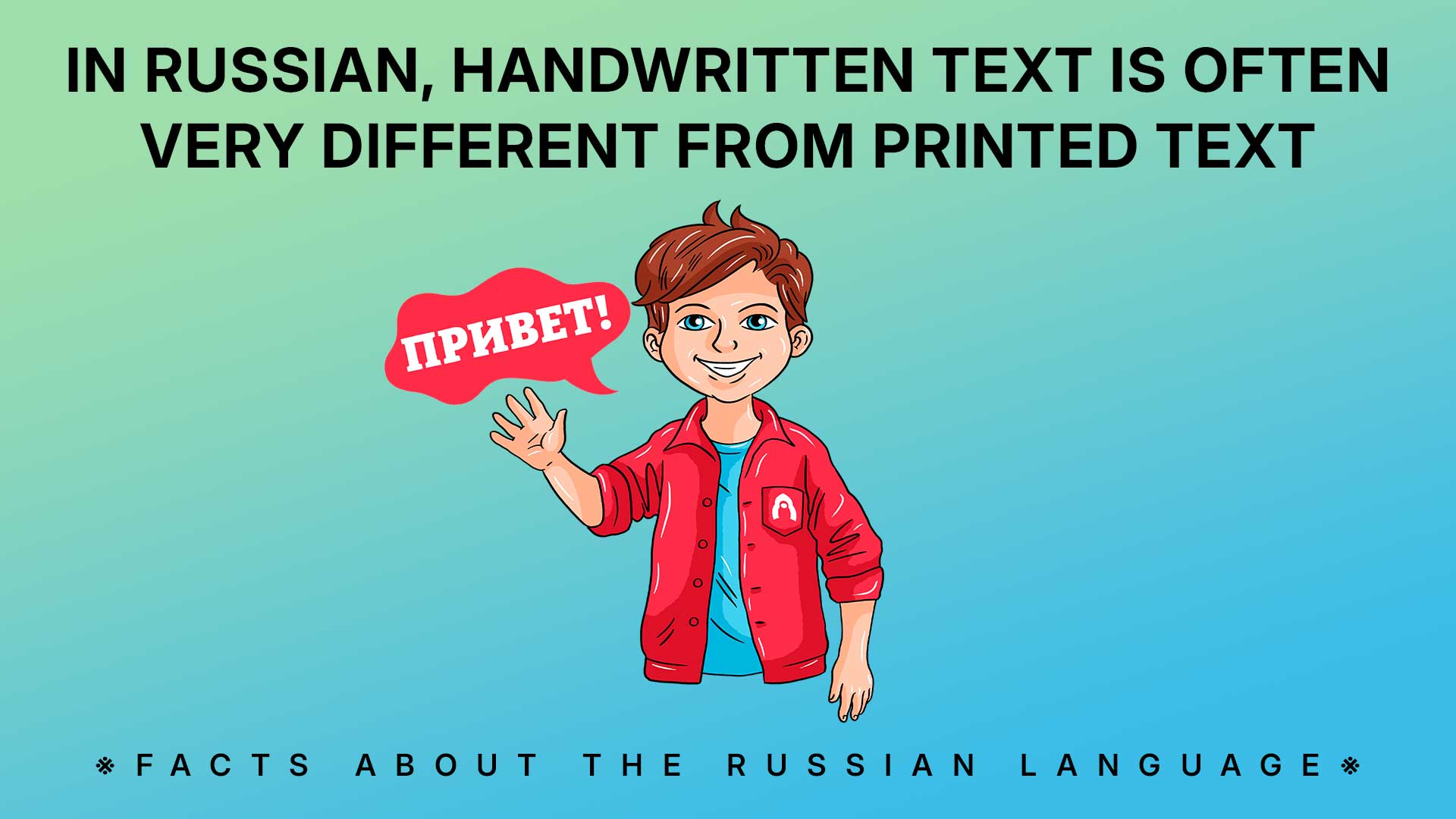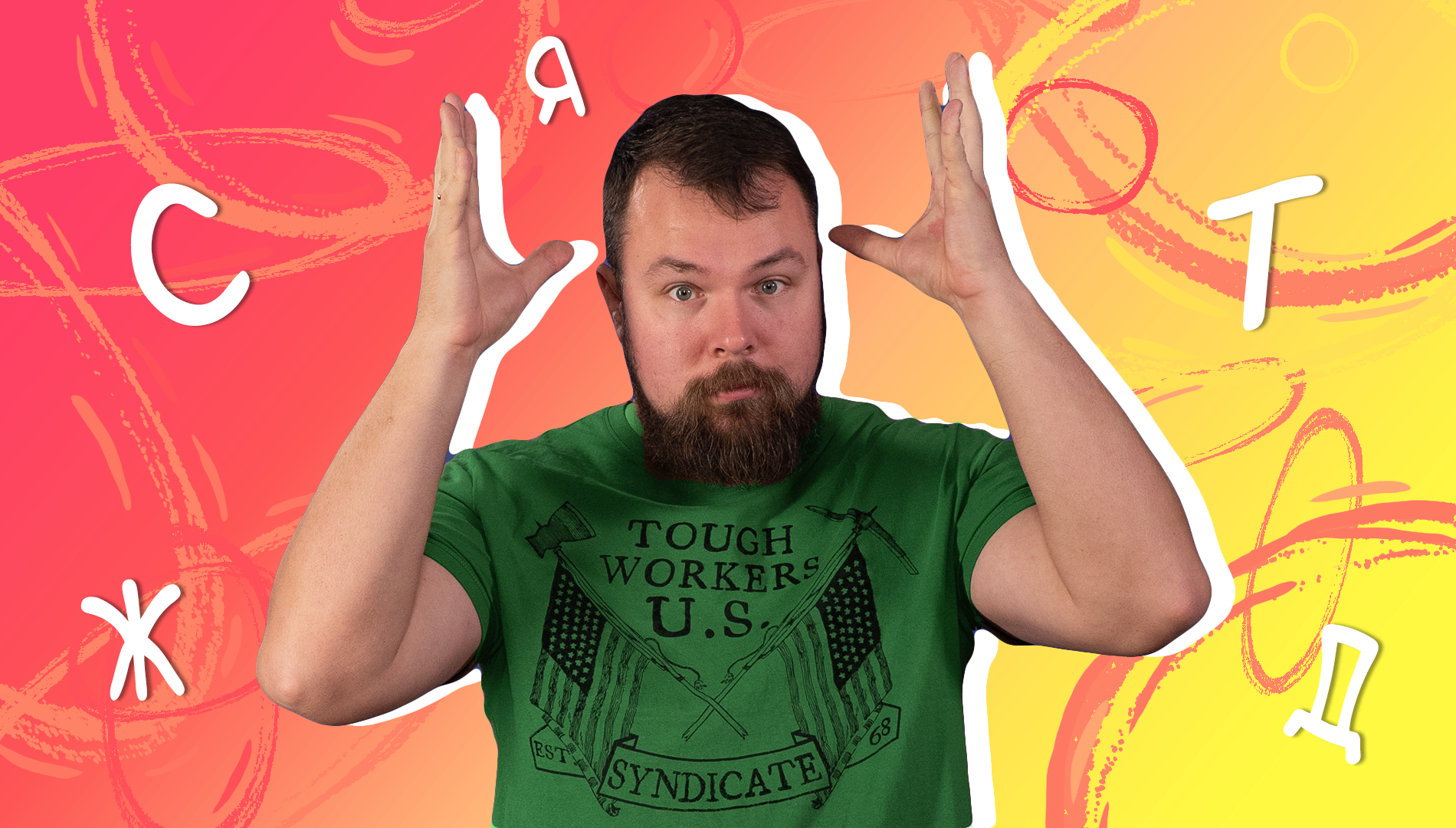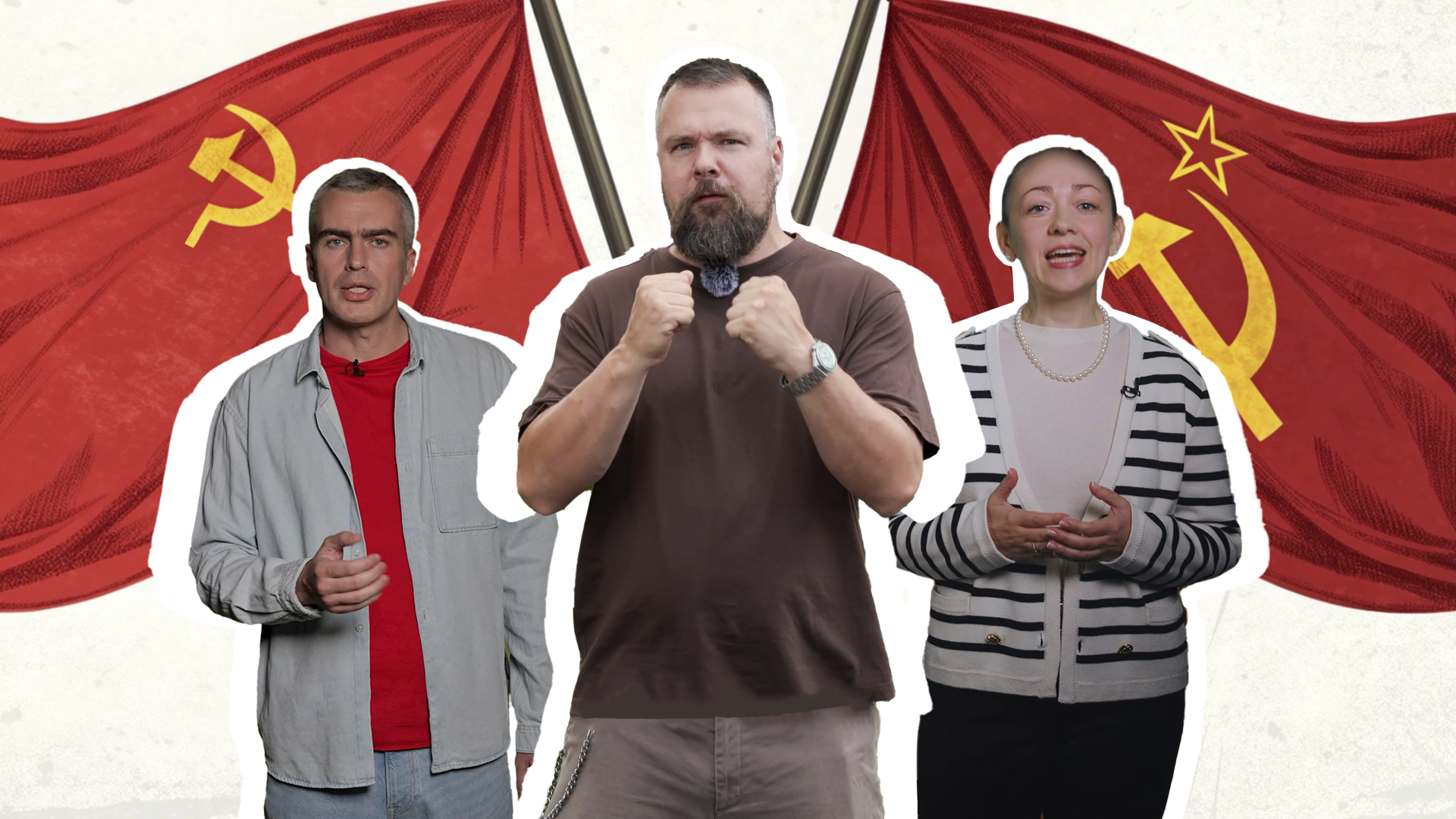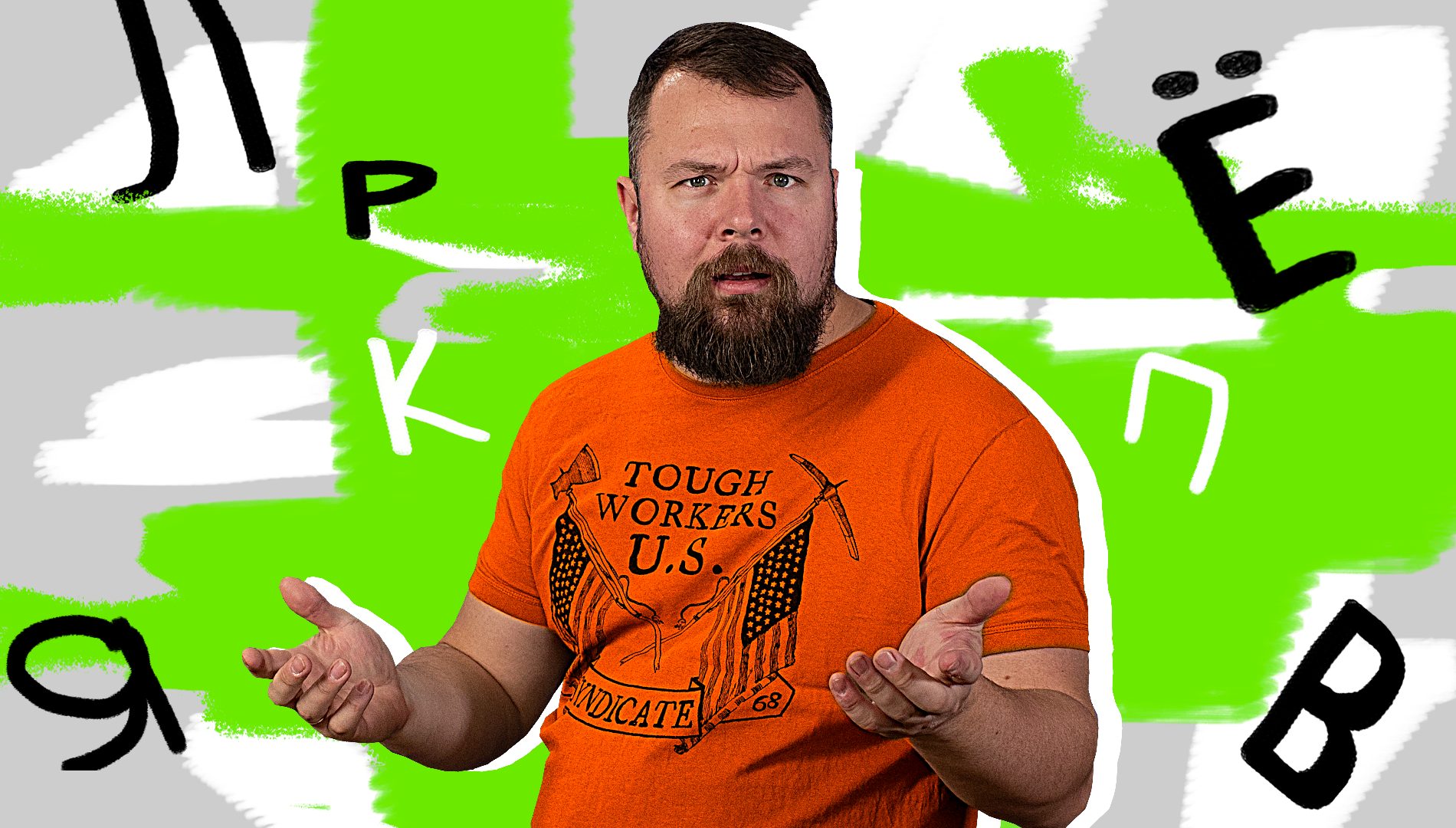
What is the ‘dual number’ in Russian?
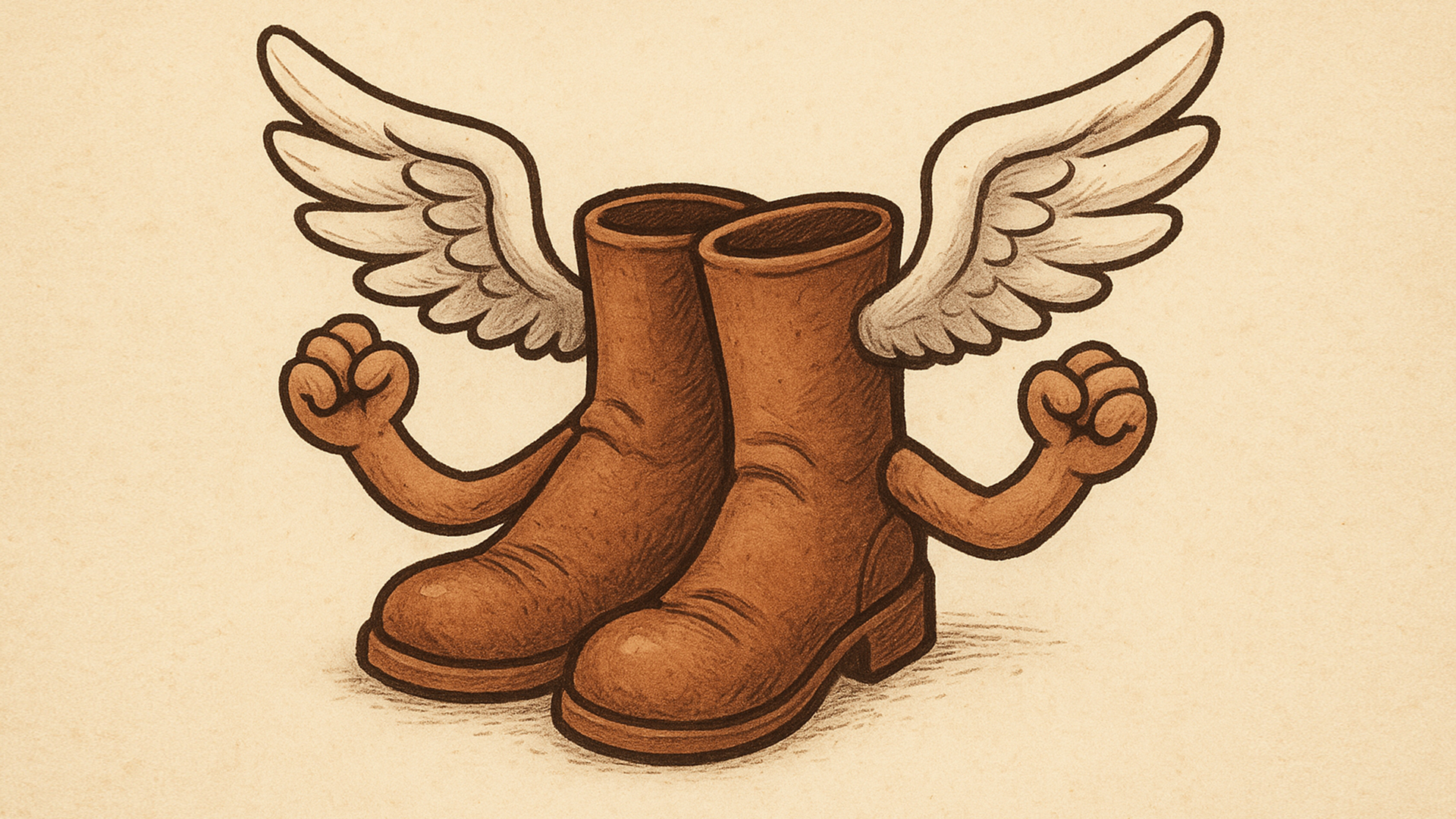
What is the ‘dual number’?
In Latin, it is called ‘numerus dualis’, meaning 'dual number'. From Latin also comes the pronoun ‘duo’ or ‘два’ ('two') in Russian.
This grammatical number category existed for nouns, adjectives, pronouns, as well as verbs. It was used to denote pairs of objects, properties and actions.
Researchers identify several varieties of the ‘dual number’, but there are two main ones:
- For denoting paired phenomena: for example, parts of the body in humans or animals: ‘руки’ (‘hands’), ‘глаза’ (‘eyes’), ‘крылья’ (‘wings’) and others.
- For denoting actions involving two people: “Эти два брата” (“These two brothers”), “Вы вдвоем идете” (“Two of you are walking”). Many such examples are found in Church Slavonic language and in the Russian translation of the Gospel.
How the ‘dual number’ appeared in Russian
This number is found in many languages (Arabic, Hebrew, Ancient Greek, modern Slovenian). It also existed in Proto-Slavic, from which Old Russian and other Slavic languages inherited it.
“In the Old Russian language, nouns, pronouns and verbs had ‘dual number’ forms. These forms began to be lost from the 13th century and, by the 15th century, they had disappeared completely, with the exception of some relics and were replaced by plural forms,” Andrey Gorshkov, an editor at Gramota.ru, writes.
“To say: ‘Мы вдвоем несем’ ('We two are carrying [something]') in Old Russian, you could say it differently, depending on the people's gender: ‘несева’ (masculine), ‘несевѣ’ (feminine)."
What remains in modern Russian

The ‘dual number’ has survived in the names of paired body parts. For example, if you ask a Russian person to form the plural of the word ‘глаз’ (‘eye’), they will immediately answer: ‘глаза́’. This is precisely the ‘dual number’ form. According to the rules for forming the plural, it should be ‘глазы’. Plural forms of the words like ‘рукава’ (‘sleeves’), ‘берега’ (‘shores’), ‘рога’ (‘horns’) were historically the ‘dual number’ forms, as well.
In phrases like “Два брата” (“Two brothers”), the word ‘брата’ has the form of the singular genitive case, but, historically, it’s the nominative case of the ‘dual number’ from ‘брат’ (while the plural form is ‘братья’).
It’s noteworthy that remnants of the ‘dual number’ in Russian are present not only with the numeral ‘два’ (‘two’), but also with ‘три’ (‘three’) and ‘четыре’ (‘four’): “Два шага, три шага, четыре шага” (“Two steps, three steps, four steps”). However, starting from ‘пять’ (‘five’), the former dual form changes to the genitive plural: “Пять шагов” (“five steps”).
Why did the ‘dual number’ disappear?
The very idea of duality was important for ancient peoples who worshiped, for example, married pairs of gods and goddesses.
“The loss of the ‘dual number’ in many languages, including Russian, is sometimes linked to the development of human abstract thinking,” Andrey Gorshkov writes.
‘Duality’ was tied to a very specific plurality, such as “Два сапога” (“Two boots”) “Два уха” (“Two ears”), so, over time, the need for it began to fade. As a result, only the opposition between singular and plural remained.



